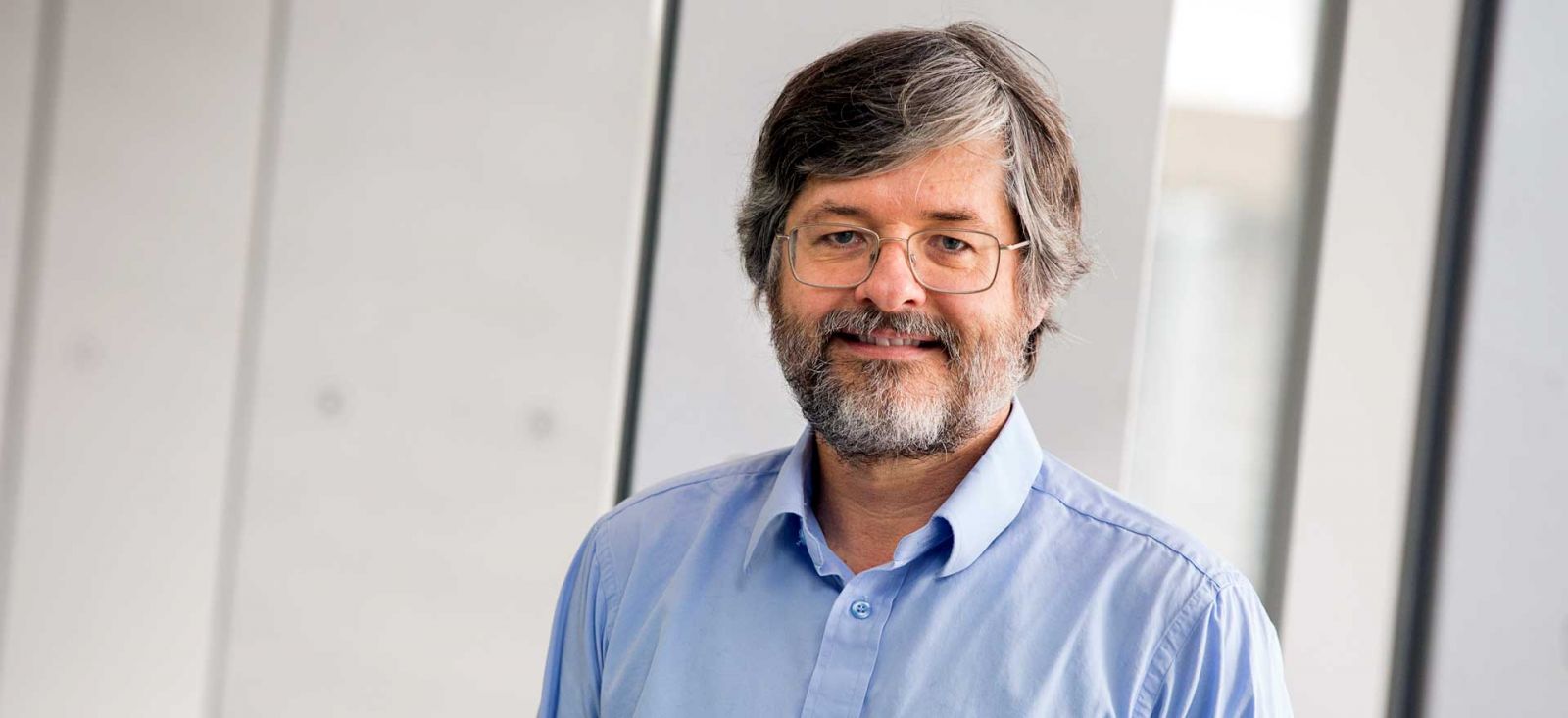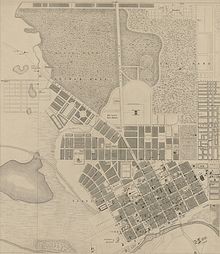Director's Blog - 17 May 2019 - (1855 - 1910) From horses to courses...

On lunchtime walks through Parkville, you may have noticed a replica of a horse head jutting out of the corner of the historic ‘North Market Wall’ enclosing the ‘Bio21 precinct’ on the corner of Park Drive and Storey Street.
As the partial demolition of the Veterinary Research Institute to make way for a microscopy facility commences, it is timely to reflect on the history of the site on which we stand. The horse head is a clue..
Horses..
In fact in 1855, the year in which the University of Melbourne was founded, the generous parcel of land on which the Bio21 Institute, the Walter and Eliza Hall Institute and the Royal Melbourne Hospital now stand, was the Hay, Corn and Horse market.
Nestled in the fork between Sydney Road (leading to Sydney) and Flemington Road, (leading to the bustling goldfields of Bendigo and Ballarat), this would have been a logistically important site.
 [Wikipedia: Melbourne in 1855]
[Wikipedia: Melbourne in 1855]
Where the VCCC now stands was a hay market – the fuel for horses. [A working horse consumed around 14 kg of fodder a day or 5 t annually.]
It is a reminder that although in Melbourne 2019, the car is king, it has not always been so. [According to the ABS, in Victoria there were 4,567,314 cars in 2015 (779 per 1000 head of population).]
As the cars back up onto each other during peak hour traffic along Flemington Road and Royal Parade, it is hard to imagine a time where the predominant sight, smell and noise encountered by a visitor to the city was horses, horse manure and the clacking of their hooves on the cobble-stoned streets:
Richard Twopeny in Town life in Australia (1883) was struck with the number of horsemen encountered on city streets:
“The horses at first sight strike the eye unpleasantly. They look rough, and are rarely properly groomed. But, as experience will soon teach the stranger, they are far less delicate than English horses. They get through a considerably greater quantity of work, and are less fatigued at the end of it.”
And ‘work’ they did: transporting humans, wares and building materials. In the 1850s - 80s ‘horse power’ fuelled the economy:
“In the nineteenth century, cities depended on horses for internal freight movement, public transportation (until late in the century), private travel, and emergency services. ...
It is estimated that in the 1880s, there were perhaps 20 000 animals stabled in the city of Melbourne:
‘Victoria-wide figures show a steady rise through the 19th century: 21 000 (1851), 77 000 (1861), 167 000 (1871), 276 000 (1881), 436 000 (1891).’
With wealth flowing from the goldfields back into the growing metropolis, the years 1850 - 1890 were booming times for the young city of Melbourne, experiencing incredible growth:
“Melbourne's population reached 280,000 in 1880 and 445,000 in 1889. For a time it was the second-largest city in the British Empire, after London. During the boom, Melbourne had reputedly become the richest city in the world. In terms of area, Melbourne was already one of the largest cities in the world.” [Wikipedia]
Cobb & Co. Carriages..& Walter (& Eliza) Hall
Although gold brought wealth to some, others made their fortune by investing in transportation and infrastructure; transporting people and wares to and from the goldfields using horse-drawn coach lines.
The legacy of one of the last owners of the famous horse-drawn Cobb and Co. coaches, lives on in the Walter and Eliza Hall Institute of Medical Research. Walter Russell Hall made his fortune through investments in the Mt Morgan Gold Mine and Cobb and Co. coaches. In the year following her husband's death, Eliza set up a charitable trust with a donation of £1,000,000. It was named the Walter and Eliza Hall Trust.
To courses..
The land which had housed the horse market was sold to the University of Melbourne and a Veterinary Research School (Veterinary Research Institute building) was constructed in 1909, the Walter and Eliza Hall Institute was established in 1916 and the Royal Melbourne Hospital came to occupy the site on 1943, opening a new chapter in history.
“In 1906, a committee appointed by the Minister of Agriculture recommended the establishment of a veterinary school at the University of Melbourne to be governed by a faculty on which both the Department of Agriculture and the University were equally represented. It was decided that the new school should be located adjacent to the Horse Market as it was close to the main part of the University, but far enough away to ensure that the associated smells and noises would not be a distraction.”
The building, which was designed by Samuel Brittingham of the Public Works Department were opened in 1909, but students did not commence classes in the new building until 1910.
“The Former Veterinary Research Institute Building was originally located in a precinct which was surrounded by the Northern Market Wall (VHR H1920) on the Park Road and Story Street boundaries and also had a hospital block, surgical department, and animal pens. The Former Veterinary Institute Building contained a pathology and bacterial department, an anatomy department, museum, lecture theatre and animal pens all built around a courtyard. The hospital block was also built around a courtyard and contained a lecture room, pharmacy, saddle room, a forge, and animal pens and kennels. The surgical department was dominated by an operating theatre. By 1916, student numbers had declined and in 1928 courses were suspended and did not begin again until 1964. Research work continued during this period and although the extent of work is unclear research was completed in relation to infectious necrotic hepatitis, Newcastle Disease, milk testing, and agglutination tests regarding chicken eggs. In 1959, in preparation of the re-opening of the veterinary course, significant alterations and additions to the building were designed by architect H Garnet Alsop.”
The façade which displays the distinct Federation Queen Anne Builder style of the time (1909) will be retained. As the old is replaced with the new, we acknowledge the history of the place which was once a horse market and a time when horses were king.
Professor Michael Parker
Director, Bio21 Institute

